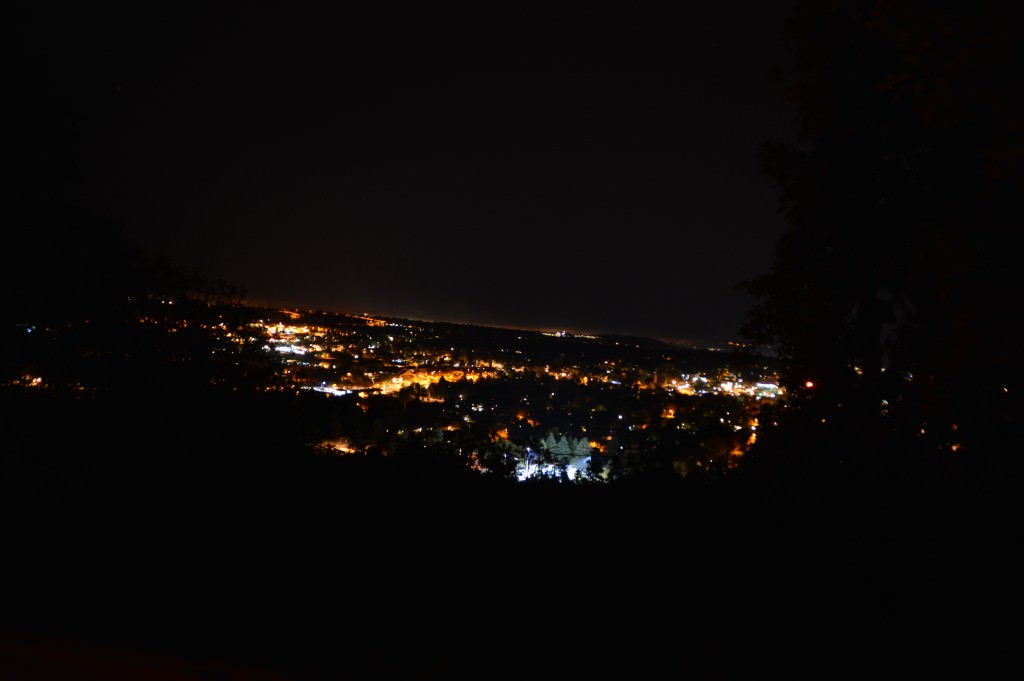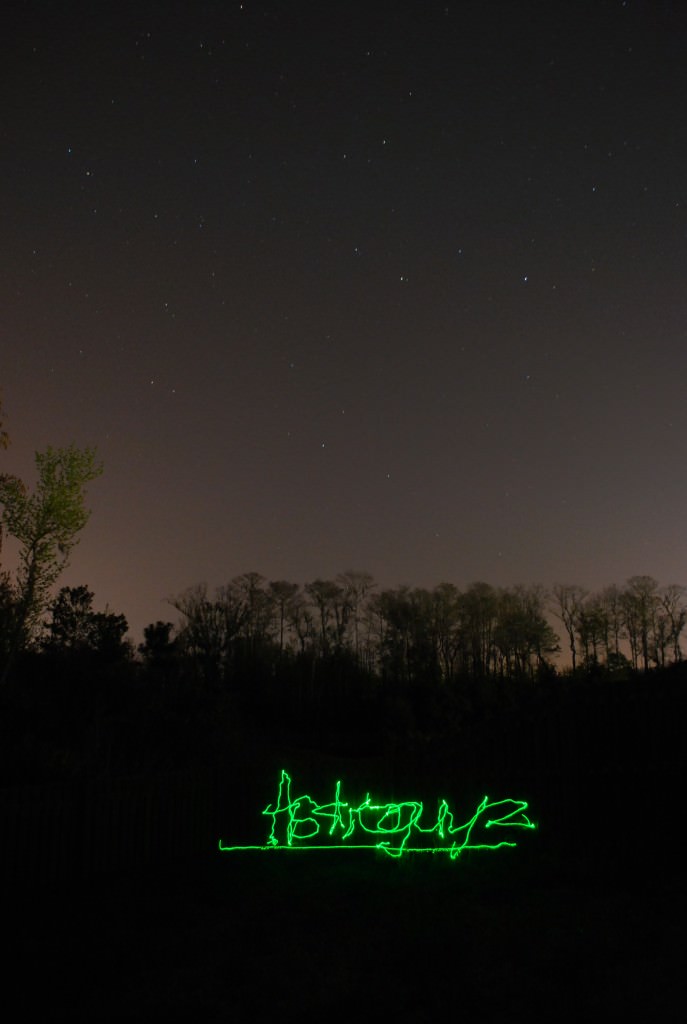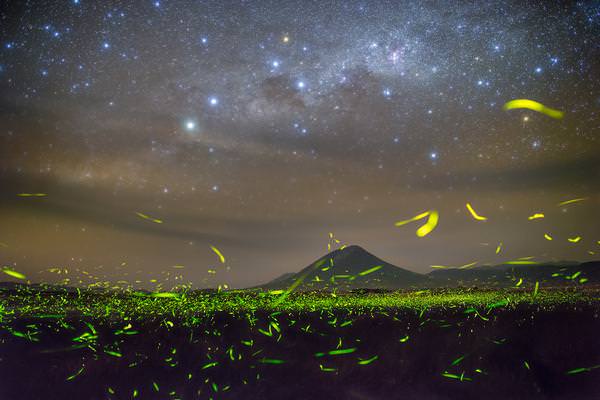Light makes life, and sometimes, life returns the favor. There’s nothing more magical than watching fireflies flit across a starlit field on a summer’s night. Growing up in Northern Maine, summer was an all-too swiftly passing season, and fireflies had to put on their displays in a brief profusion of frenzied activity around late July and early August before the weather turned once again towards another long harsh winter.
Fireflies remind us of the ephemeral nature of existence, that’s for sure. And they’re much more welcome by summertime campers on vigil for the August Perseids than oh, say the ubiquitous mosquito or vicious black flies…
A recent amazing capture (see the intro image) came to us courtesy of Steed Yu. Shooting from the shores of Lake Natron in Tanzania, he managed to capture an amazing composition of fireflies and those ‘fireflies of the cosmos,’ in the form of a star-dappled southern hemisphere sky.
Taken on February 24th 2015 just south of the equator, this is simply an amazing image. Don’t forget, though it’s towards the end winter time up here in the northern hemisphere in late February, it’s the tail end of the summer south of the equator.
The photographer had this to say about his ‘Carnival of Fireflies’:
The Night of Lake Natron belongs to the stars. Without any artificial light disturbing the pure sky, one can easily see the Southern Milky Way, as well as sparkling starlights scattered in it, such as the most distinctive constellation Southern Cross and our nearest stellar neighbours Alpha Centauri. The Night of Lake Natron belongs to the firefly too. These glowing elves were flying up and down among the lush grass on both sides of a ravine stream, like a flowing “Firefly Way”, as if to contest with the Milky Way. On the quiet starry night, the fireflies held a grand carnival.
Fireflies shine through a method known as bioluminescence, producing a cold light via a chemical process using the chemical luciferin that causes their abdomen to glow. This aids mating and mate selection, and even firefly larvae have been known to glow. Other deep sea and cave-dwelling species of fish and insects have been known to use a similar signaling method in the absence of ambient light.
You can see the stars of the southern Milky Way and the Southern Cross high above the African night shining in their own particular fashion via nuclear fusion, using the proton-proton chain reaction to shed their ancient photons of light onto the nighttime scene from beyond the cold dust lanes of the Coal Sack.
We’ve managed to observe the sky from the southern hemisphere five times from three different continents over the years, and can attest that all of the ‘good stuff’ is in the southern sky, where the core of our home Milky Way galaxy arcs high overhead.
Such ‘Firefly Time-lapse Astronomy’ is as easy as parking a DSLR with a wide-field of view lens on a tripod and shooting 10-60 second time exposures. Fellow Universe Today writer Bob King wrote a piece last year on his firefly astronomy adventures.
And check out this amazing video sequence by Vincent Brady taken in the summer of 2013 from Lake of the Ozarks, Missouri:
Humans have also mastered the art of creating light and luminescence via technology as well. This has served as a way to ‘push back the night,’ and our 24 hour civilization has come to rely on this mimicry of nature as we demonstrate our prowess at illumination. This often has a cost, however, as we banish the beauty of the night sky to a distant memory. We’ve also had the dubious pleasure of observing and conducting impromptu sidewalk star parties from downtown Tampa and the Las Vegas strip, arguably some of the most light-polluted locales in the world. On such nights, only the Moon, planets and perhaps the odd bright double stars are the only viable targets.

But all is not lost. Perhaps wasteful light pollution is only an adolescent phase that civilizations go through. One SETI search strategy has even suggested that we may be able to detect ET via light pollution from alien cities on the night side of prospective planets … perhaps some race of ‘intelligent fireflies’ straight out of science fiction will use bio-chemical signaling for communication?

All great thoughts to ponder on the star-filled summer nights ahead, as fireflies swarm around us. We move that if we ever become an interstellar species that we bring the noble firefly along for the ride… but please, let’s leave light pollution and mosquitoes behind.

